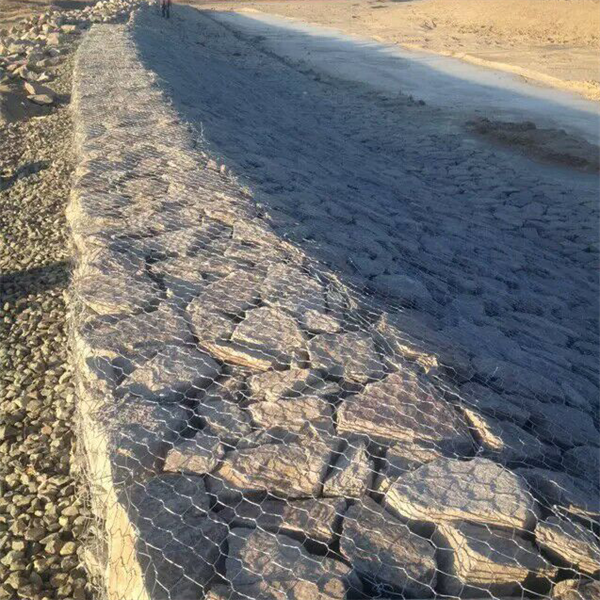កញ្ញា . 10, 2024 13:52 Back to list
best building a gabion wall
Building a Gabion Wall A Comprehensive Guide
Gabion walls are increasingly popular in both commercial and residential landscaping due to their versatility, strength, and aesthetic appeal. Originating from military applications as fortifications, gabion walls have evolved into an effective solution for erosion control, drainage, and landscape design. In this article, we will explore the best practices for building a gabion wall, ensuring that you achieve not only durability but also a visually pleasing structure.
What is a Gabion Wall?
A gabion wall is constructed from wire cages filled with stones or other materials. The term gabion comes from the Italian word gabbione, meaning big cage. These walls serve multiple purposes, including retaining soil, preventing erosion, and creating decorative elements in your landscape design. Additionally, gabion walls are environmentally friendly, as they often use locally sourced materials.
Planning and Design
Before starting construction, careful planning is essential. Begin by choosing a suitable location for your gabion wall. Assess the slope of the land and the necessary height based on your specific needs. It's crucial to check local regulations, as some areas may have restrictions concerning wall height or proximity to property lines.
Once you’ve chosen your location, sketch a plan that includes dimensions and desired aesthetics. Consider what type of stones or materials you would like to use, as this will influence the wall's appearance.
Materials Needed
1. Gabion Baskets These are typically made of galvanized steel wire or PVC-coated wire for corrosion resistance. Select the appropriate size and type based on your project requirements.
2. Filling Material Choose durable stones that complement your design. Common options include granite, limestone, or river rock. If you wish to enhance the appearance, consider featuring larger boulders in the facade.
best building a gabion wall

3. Tools Essential tools include gloves, wire cutters, pliers, and a shovel. For larger projects, you may also need a level and measuring tape to ensure accuracy.
Construction Steps
1. Prepare the Area Clear the site of debris, vegetation, and topsoil. Level the ground where the gabion wall will sit to create a stable base.
2. Set the Foundation If needed, dig a trench for your first layer of gabion baskets. Ensure that the base is solid and compact.
3. Assemble the Gabion Baskets Follow the manufacturer's instructions to assemble the baskets. For larger walls, it may be necessary to stack the baskets to achieve the desired height.
4. Fill the Baskets Start with larger stones at the bottom and gradually use smaller stones as you fill. This maintains stability and helps with drainage. Ensure that the stones are tightly packed, minimizing movement.
5. Compacting and Leveling After filling each basket, compact the stones, ensuring your wall is level and sturdy.
6. Finishing Touches Once all baskets are filled and assembled, inspect your gabion wall for any gaps or loose stones. You can enhance the landscape around the wall by planting greenery or adding decorative features.
Conclusion
Building a gabion wall can be a rewarding project that enhances your outdoor space while providing environmental benefits. By following these best practices and putting in the effort to plan and construct your wall carefully, you can create a durable and attractive feature that will stand the test of time. Whether for erosion control, a decorative touch, or structural support, a well-built gabion wall will serve its purpose beautifully.
-
The Role of Galvanized Gabion Mesh in Riverbank Protection
NewsJun.26,2025
-
The Role of Gabion Basket Raised Bed in Sustainable Gardening
NewsJun.26,2025
-
Quality Assurance of Wire Mesh Gabion Baskets
NewsJun.26,2025
-
Installation Guide for Welded Gabion Box
NewsJun.26,2025
-
How to Choose the Right Gabion Box
NewsJun.26,2025
-
Different Types of Gabion Wire Mesh
NewsJun.26,2025
-
Why PVC Coated Gabion Mattress Is the Best Solution for Long-Term Erosion Control
NewsMay.23,2025






